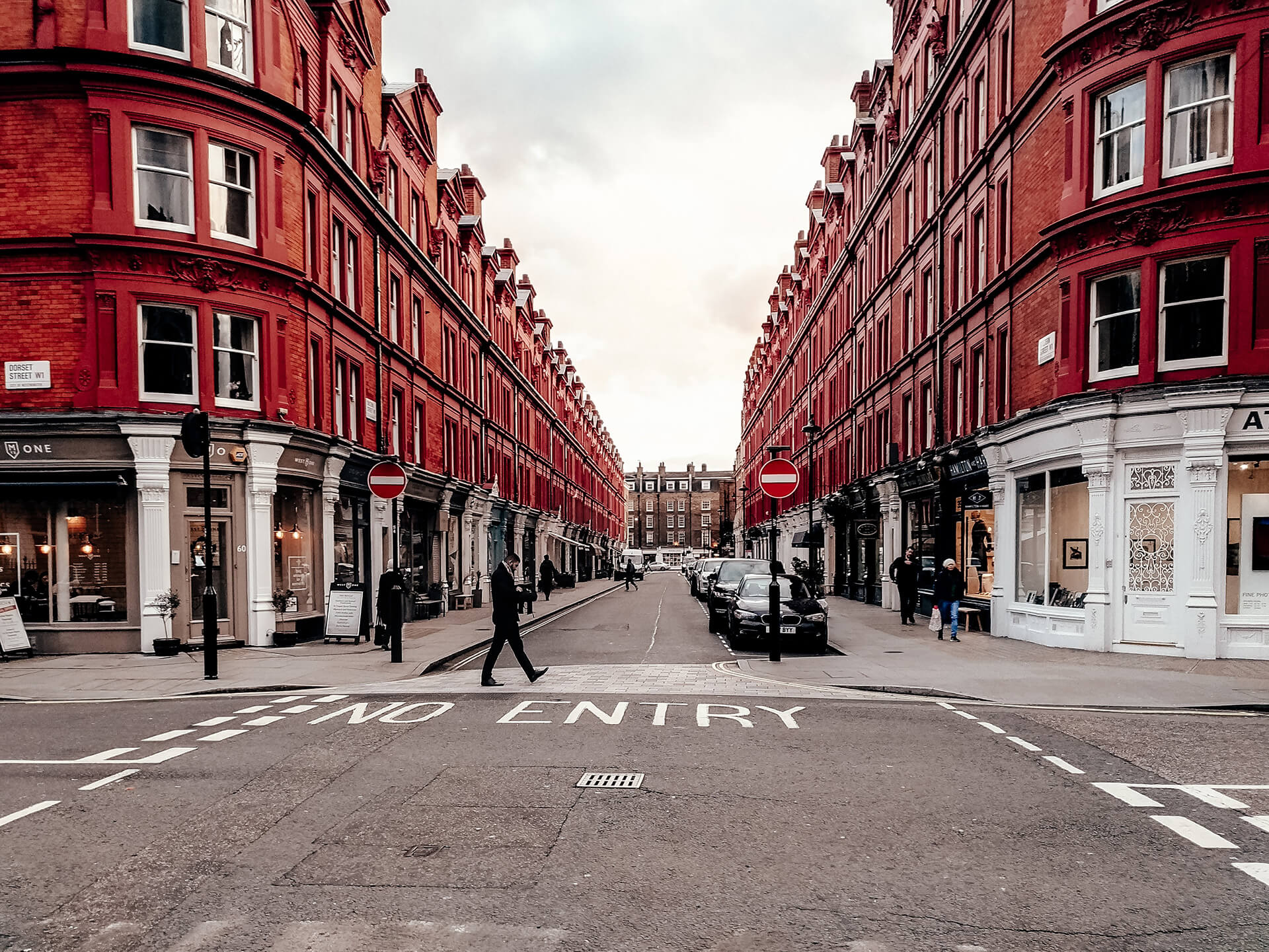
Elizabeth Street, fashion & wellness for inspirational women
Browse the Book
Style (with substance). Beauty (inside and out). Diet (Healthy with a little naughty). Self-Care (Self Love).

Hi ladies, Nikki here!
I had a startling revelation a few years ago, that women regularly talk rather negatively about themselves (and sadly often about other women too).
It really fired me up to be a cog in the wheel of changing this perplexing dynamic. At Elizabeth Street I promise to only inspire and uplift women, by helping them to find their personal style while promoting self-care and pride in who they are.
We believe in lifting other women up and encourage you to not compare life with others, but to go through your own metamorphosis in life in your own beautiful uniqueness.
We update our blog twice a week to connect, motivate and ignite sparks of creativity and confidence in your life.
You’ll also love
Style (with substance). Beauty (inside and out). Diet (Healthy with a little naughty). Self-Care (Self Love).
- Preparing For Layoffs And DowntimeLayoffs and operational downtime are topics few people enjoy thinking about, yet they are realities that both organizations and employees may face. Being prepared does not mean expecting the worst.… Read more: Preparing For Layoffs And Downtime
- Seasonal Lookbook: 12 Outfits with One Pair of TieksIf you believe that it’s impossible for one pair of shoes to last through all the seasons, think again. Look no further than Tieks and their foldable, fashionable ballet flats… Read more: Seasonal Lookbook: 12 Outfits with One Pair of Tieks
- Healthy Diet Tips That Support Wellness During ChemotherapyChemotherapy brings physical and emotional challenges, and nutrition often becomes an important part of feeling as strong as possible throughout treatment. Eating well does not cure side effects, but thoughtful… Read more: Healthy Diet Tips That Support Wellness During Chemotherapy







